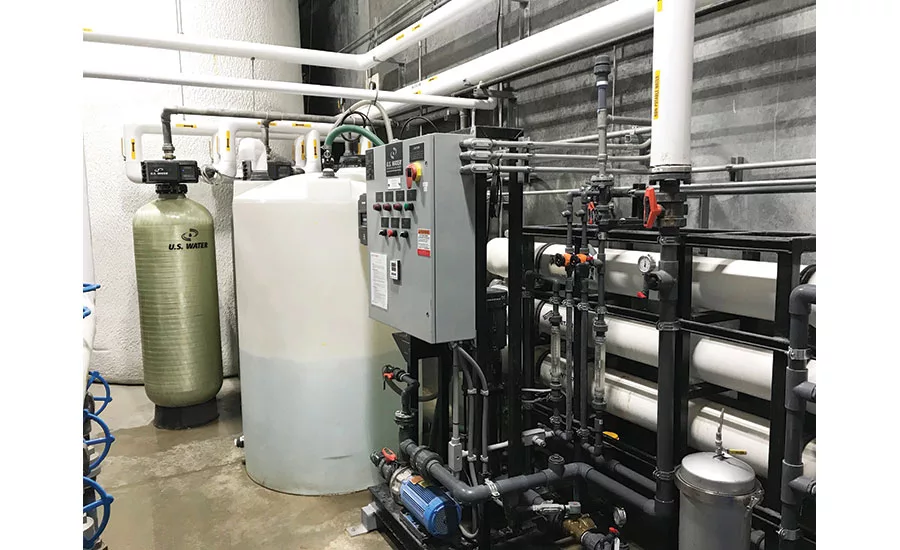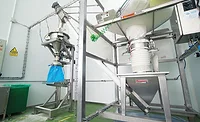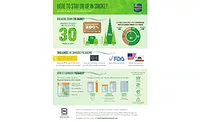Field Reports
U.S. Water helps feed mill solve alkalinity problem
Feed mill turns to U.S. Water to help address high levels of alkalinity

A Midwest feed mill was treating its incoming boiler feed water with amine chemical to combat high levels of alkalinity. While amine can be effective at addressing alkalinity, it is one of the most expensive chemicals used in boiler water treatment.
If the facility chose not to treat the well water for alkalinity, it could result in failure of the steam piping and condensate return lines, a costly plant shutdown and capital equipment replacement expenses. U.S. Water’s EnergyOUT system presented an integrated solution to address the alkalinity issue and improve plant efficiency, which the facility’s current water treatment provider could not match.
U.S. Water representatives completed a plant audit with on-site wet testing to identify an opportunity that could improve the makeup water to reduce chemical consumption and boiler blowdown. By introducing a Reverse Osmosis (RO) unit in front of the boiler feed water system, 90 percent of the alkalinity could be removed, thereby reducing 90 percent of the amine chemical required to treat the system. Feed mills must meet certain total amine concentration restrictions, which the FDA/FSMA limit to less than 25 parts per million present in the steam. Implementing this solution could provide both a cost savings on chemicals and ensure the facility did not exceed the total amine concentration limit.
Available through an operating lease, the EnergyOUT integrates equipment, service and chemicals to enhance a facility’s sustainability by reducing fuel demand, carbon emissions, chemical use and water discharge. Its small footprint also reduces the need for plant expansions or layout changes. The prebuilt skid-mounted frame can be as small as 13 feet long by 8 feet wide and includes all equipment, pumps and controls. The size of the skid varies based upon the size of the RO, with larger RO’s requiring a larger skid. The ready to install skids also reduce the installation time and costs commonly experienced with similar programs.
Built with a VFD controlled pump and low energy membranes to reduce electric consumption, the EnergyOUT boiler pre-treatment solution provided the facility with:
- A complete RO with carbon filtration and prefilters to protect the membranes
- RO product water storage tank with level controls and water forwarding pump
- Planned maintenance and warranty repairs
- pH adjustment of RO permeate to prevent corrosion
With the EnergyOUT unit installed, the reduction of the boiler blowdown provided a significant energy savings, as the hot water can be reused in the boiler for a longer period of time before blowdown. In addition, most of the solids that normally end up in the boiler system are removed on the front end and captured by the RO membranes. The RO allows only pure water through to the boiler. As steam is produced, the boiler water becomes more saturated with impurities, and during blowdown, the concentrated boiler water is released. By utilizing pure water, scale formation on the boiler tubes is minimized, resulting in more efficient boiler operation. Plus, the reduction of the blowdown rate of the boiler ensures the total BTUs can be maintained within the system and not wasted down the drain.
In addition to the energy savings presented by the EnergyOUT system, 90 percent less chemical was needed to treat the water overall. Not only did this save the facility $34,000 in chemical costs in the first year of implementation, but it also prevented the facility from exceeding its total amine concentration limit. The U.S. Water service agreement also includes regular maintenance and replacement of all pre-filters and membranes, reducing the facility’s system maintenance and operator time.
For more information, visit www.uswaterservices.com
Looking for a reprint of this article?
From high-res PDFs to custom plaques, order your copy today!






